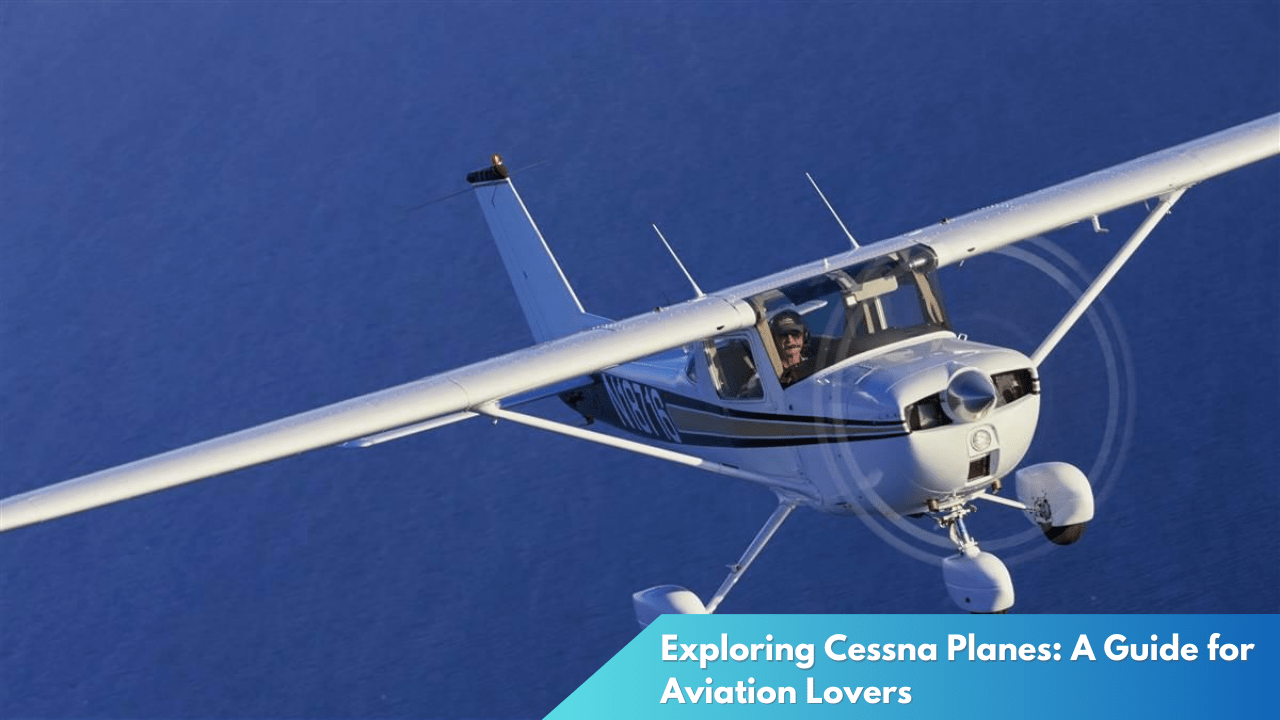Navigating Concerns: Flying on the Boeing 737 MAX
The Boeing 737 MAX has been a focal point of aviation discussions and passenger concerns due to its troubled history. Following two tragic crashes, the aircraft was grounded worldwide, prompting extensive scrutiny and safety improvements. As it re-enters service, passengers continue to grapple with apprehensions about flying on this model. This article delves into the safety saga of the Boeing 737 MAX and examines the measures being taken to reassure the flying public.
Understanding the Boeing 737 MAX Safety Saga
The Boeing 737 MAX, a new generation of the widely used 737 series, was initially celebrated for its improved fuel efficiency and updated technology. However, its reputation took a severe hit following two fatal crashes: Lion Air Flight 610 in October 2018 and Ethiopian Airlines Flight 302 in March 2019, which together claimed the lives of 346 people. These incidents were attributed to a malfunction in the Maneuvering Characteristics Augmentation System (MCAS), a software designed to prevent stalls by automatically adjusting the aircraft’s nose. The crashes triggered significant concern over the safety of the aircraft and led to a global grounding of the 737 MAX fleet in March 2019.
In an unprecedented move, aviation authorities around the world demanded comprehensive reviews and fixes before allowing the aircraft to return to service. Boeing faced intense scrutiny from regulators, airlines, and the public, leading to a lengthy period of introspection and redesign. The grounding lasted nearly two years, during which Boeing worked closely with the Federal Aviation Administration (FAA) and other global aviation bodies to address the safety flaws. Key changes included updating the MCAS software, revising pilot training programs, and enhancing the aircraft’s overall safety features.
By late 2020, after thorough evaluations and test flights, the Boeing 737 MAX received clearance from the FAA and other international agencies to resume commercial operations. Despite the regulatory nod and Boeing’s commitment to transparency and safety, the aircraft’s reintroduction was met with mixed responses from passengers and industry insiders. The aviation community remains vigilant in monitoring the performance and safety of the 737 MAX, as Boeing continues to restore confidence in its flagship model.
Addressing Passenger Concerns and Airline Assurances
Passenger confidence in the Boeing 737 MAX has been a critical challenge for airlines as they reintroduce the aircraft into their fleets. Many travelers remain skeptical, influenced by the media coverage of the crashes and the subsequent grounding. Airlines have adopted a proactive approach to rebuild trust, focusing on transparency and communication. They emphasize the extensive work done to rectify the issues and the rigorous testing the aircraft has undergone to ensure its safety.
To address lingering apprehensions, airlines have implemented comprehensive pilot training programs specifically tailored to the 737 MAX. These include additional simulator sessions and detailed briefings on the updated MCAS software. Furthermore, airlines are making concerted efforts to educate passengers about the changes, providing reassurance through detailed explanations of the safety measures in place. Some carriers have even offered passengers the option to change flights if they are uncomfortable flying on the 737 MAX, demonstrating a commitment to passenger comfort and confidence.
Airline executives and industry experts frequently underscore the aircraft’s enhanced safety credentials in public forums and media appearances. They highlight the collaborative efforts between Boeing and international aviation authorities, which have led to one of the most scrutinized and tested aircraft in aviation history. The ongoing dialogue between airlines and passengers is crucial, as it fosters transparency and reinforces the message that safety remains the foremost priority in air travel. As the Boeing 737 MAX continues to operate globally, the success of these initiatives will be pivotal in restoring full confidence among the traveling public.
The Boeing 737 MAX’s journey back into the skies underscores the complex interplay between technological innovation, safety oversight, and public perception in aviation. While significant strides have been made in addressing the aircraft’s initial flaws, the challenge of rebuilding passenger confidence persists. Through continued transparency, stringent safety measures, and open communication, airlines and Boeing aim to reassure travelers of the safety and reliability of the 737 MAX. As the aviation industry moves forward, the lessons learned from the 737 MAX saga will undoubtedly shape the future of aircraft safety and passenger confidence.



